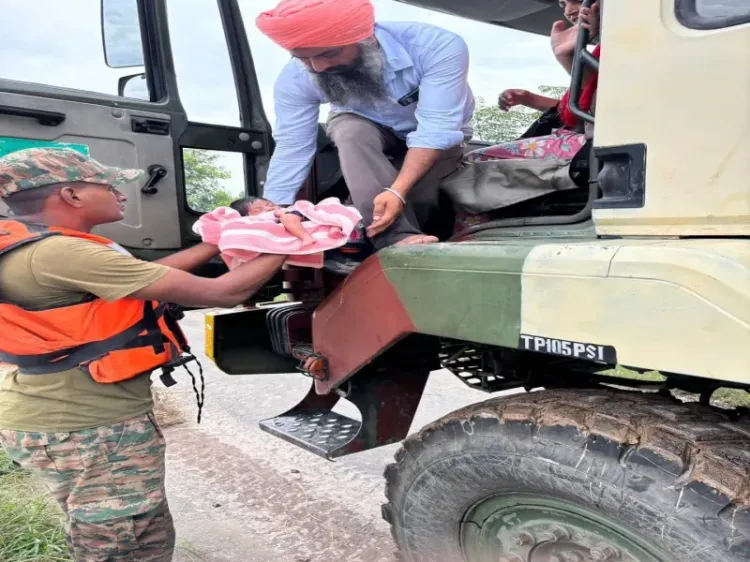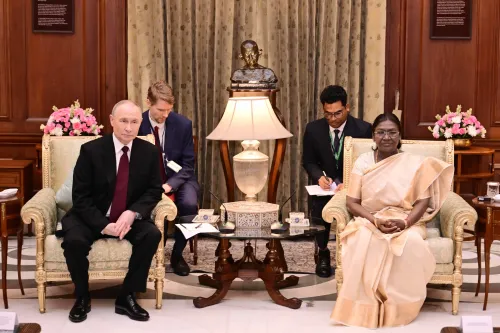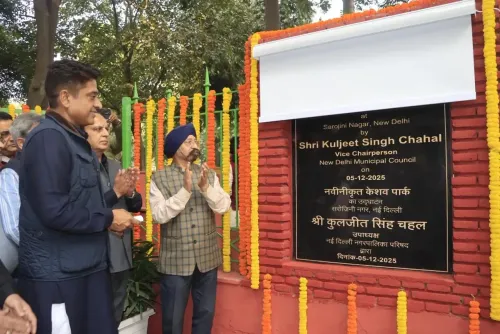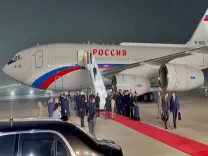How Did the Army Rescue 5,000 Civilians and 300 Paramilitary Personnel from Flood-Hit Regions?

Synopsis
Key Takeaways
- Over 5,000 civilians and 300 paramilitary personnel rescued.
- Deployment of 47 rescue columns for effective operations.
- Delivery of 21 tonnes of essential relief materials.
- Continuous monitoring of water levels at key sites.
- Collaboration with civil administration and rescue forces.
Chandigarh, Sep 1 (NationPress) The Western Command of the Indian Army announced on Monday that over 5,000 civilians and 300 paramilitary personnel have been successfully rescued from flooded regions in Jammu, Punjab, and certain areas of Himachal Pradesh by deploying 47 rescue columns.
Additionally, around 21 tonnes of relief supplies, which include food packets, medicines, and other essential items, have been distributed both on the ground and through aerial drops to isolated villages.
The Western Command initiated comprehensive flood relief and rescue operations on August 16-17, assessing the evolving flood conditions, and mobilizing troops, engineers, medical units, and aviation resources swiftly to protect lives and restore vital services.
These flood relief columns were fully equipped, trained, and ready to execute Humanitarian Assistance and Disaster Relief (HADR) missions. Upon receiving requests from civil authorities, these teams were promptly dispatched to the affected locations.
Aviation units, supported by the Indian Air Force, have conducted ongoing sorties to ensure the timely evacuation of stranded individuals and the aerial delivery of crucial supplies.
A dedicated flood control and water level monitoring cell has been established, operating continuously to track water levels at key sites, such as the Bhakra-Nangal Dam, Ranjit Sagar Dam, and other significant positions.
Operations are being executed in close collaboration with civil administration, NDRF, and SDRF.
This integrated strategy has ensured the efficient use of resources and prompt support for those affected, showcasing the nation's resilience and solidarity in times of crisis. This proactive measure has facilitated timely responses to emerging threats.
A total of 47 Army columns have been mobilized, including teams from engineering, medical, and communication units, in addition to the main rescue crews.
Twenty aircraft, such as Advanced Light Helicopters, Reconnaissance and Observation helicopters, Mi-17s, and a Chinook, are engaged in continuous missions, having logged over 250 hours of flight time to date.
On August 27, communication teams laid over two km of optical fiber cable, restoring mobile connectivity for seamless coordination of relief efforts.
Furthermore, Army engineers erected a Bailey Bridge at Jammu Tawi within 12 hours on August 29, reinstating a crucial connection for the city.
The region faced challenges, particularly with areas along the Ravi and Chenab rivers being submerged. This included regions between the river and the border fence.
Consequently, the troops, including Border Security Force personnel and civilians from inundated villages, were evacuated, ensuring adequate security remained in the area.










